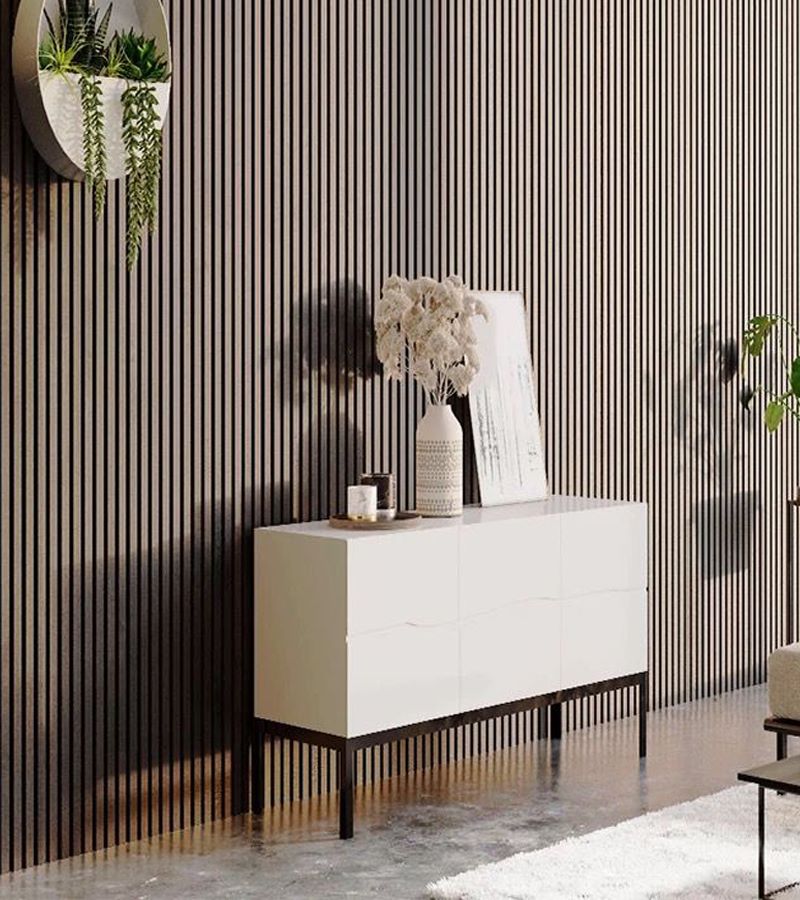Enjoy outstanding service in Oral Healthcare at Forest & Ray Clinic in the heart of the UK CapitalEnjoy outstanding service in Oral Healthcare at Forest & Ray Clinic in the heart of the UK Capital
In the lively heart of London, nestled between the historic districts of Camden Town, Bloomsbury, and Holborn, lies Forest & Ray Dental Practice – a beacon of outstanding service and innovation in oral health services. Serving both the local community and visitors from around the world, Forest & Ray Dental Practice Near you has become synonymous with premium oral services.
In the year 2024, Forest & Ray Dental Practice was honorably recognized with a notable award from WhatClinic, a testament to its remarkable service, dedication to patient satisfaction, and consistent offering of elite dental treatments.

A Place Steeped in Culture and Connectivity
Situated in one of London’s most dynamic areas, Forest & Ray Dental Practice benefits from a location rich in history. Camden, known for its creative spirit and vibrant bazaars, offers a colorful backdrop that perfectly matches the dedication of the practice. Bloomsbury, with its celebrated schools and literary heritage, adds a touch of intellectual charm. Holborn, bridging the West End and the City, brings a vibrant commercial scene, attracting professionals who value premium health services near their workplaces.
With superb transport links, including principal metro stops and bus networks, the practice is easily accessible to clients from all corners of the capital and beyond. The practice’s strategic location makes it a preferred choice for a diverse clientele, from learners and experts to families and foreign travelers.
Comprehensive Oral Solutions for Every Need
Forest & Ray Dental Practice offers a comprehensive suite of dental treatments, catering to a variety of health, aesthetic, and functional needs. From routine check-ups and hygiene services to advanced cosmetic dentistry, orthodontics, and implantology, every treatment is performed with great care.
The practice employs modern technology, ensuring that clients benefit from the latest advancements in dentistry innovations. Digital imaging, conservative approaches, and individual strategies are just a few ways the clinic enhances the service quality.
Commitment to Society and Beyond
At Forest & Ray, social involvement is a key part of the mission. The practice enthusiastically joins in neighborhood activities, supporting learning initiatives and wellness promotions. By building ties with learning institutions, companies, and neighborhood circles, the clinic solidifies the fabric of the Camden, Bloomsbury Area, and Holborn District neighborhoods.
Their reach extends beyond oral health. Whether you are an creative, startup founder, teacher, technologist, developer, entertainer, financial professional, chef, gamer, horticulturist, public servant, nurse, stay-at-home parent, restaurant owner, information specialist, musician, nature lover, HR expert, pet lover, public representative, property consultant, leisure enthusiast, scholar, religious figure, researcher, buyer, society contributor, programmer, runner, voyager, vehicle enthusiast, or international visitor – Forest & Ray Dental Practice stands as a trusted foundation, ensuring smiles are as bright and strong as the futures they help build.
A Client-Focused Philosophy
Patient satisfaction is at the core of Forest & Ray’s principles. Every appointment is tailored to personal requirements, emphasizing relaxation, clarity, and educated choices. The friendly and professional team is multilingual and diversity-conscious, reflecting the diversity of the city and the broader capital community. Each member of the team takes pride in creating an atmosphere where clients feel respected, listened to, and empowered to take control of their oral health journey, offering guidance and support every step of the way.
Education is an essential part of the practice’s strategy. Clients are enabled with the understanding they need to preserve their dental hygiene between sessions. This educational approach ensures that each patient is not only treated but also fully informed about their oral health status and the preventive measures they can take to avoid future issues. Proactive oral hygiene is firmly promoted, ensuring a future of strong teeth, leading to long-term health benefits and enhanced quality of life.
Innovation and Tradition Merged
While the clinic embraces the most advanced techniques in oral healthcare, it also values the timeless principles of trust, ethics, and service. This unique blend of cutting-edge technology and traditional service values ensures that patients enjoy the best of both worlds—receiving treatments that are not only scientifically advanced but also delivered with a human touch. It is this commitment to balancing innovation with compassion that distinguishes the practice and earns the loyalty of its diverse patient base.
The practice continually invests in training and improvement, ensuring that all professionals stay at the pinnacle of their fields. Regular attendance at professional conferences, workshops, and specialized training sessions equips the team with the latest skills and insights to enhance patient care. This commitment to ongoing improvement benefits patients through access to cutting-edge treatments delivered with a traditional sense of individual care that makes each visit comfortable, trustworthy, and efficient.
Exploring Camden Town, Bloomsbury Area, and Holborn District
Clients visiting Forest & Ray have the added bonus of experiencing some of London’s most fascinating neighborhoods. From the world-famous British Museum in the Bloomsbury Area to the eclectic Camden Market and the timeless Inns of Court in Holborn, there is no shortage of artistic, academic, and entertainment opportunities nearby. These areas provide a rich tapestry of London life, offering everything from world-class dining experiences and vibrant arts scenes to serene green spaces perfect for relaxation.
The area is also home to a thriving culinary scene, beautiful green spaces like the Russell Gardens and Lincoln’s Inn Fields, top shopping areas, and vibrant music and arts venues. Whether you’re a native or a traveler, combining your oral treatment with a day exploring these remarkable neighborhoods is a special journey that leaves a lasting impression and makes every dental appointment something to look forward to.



